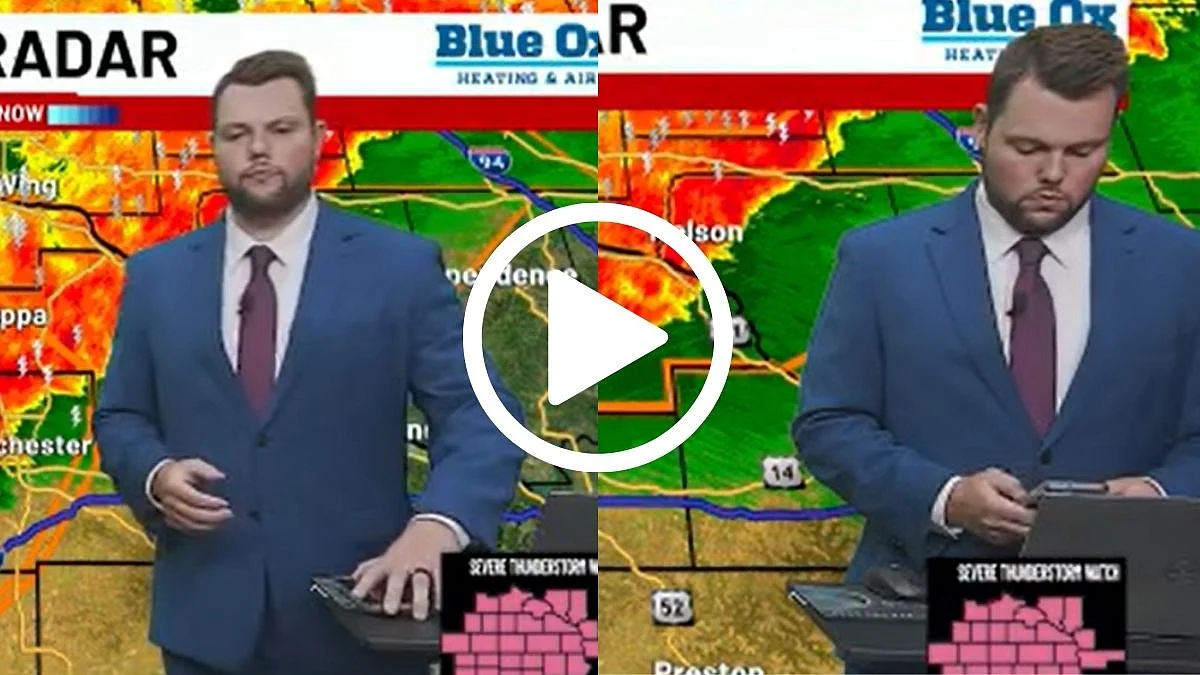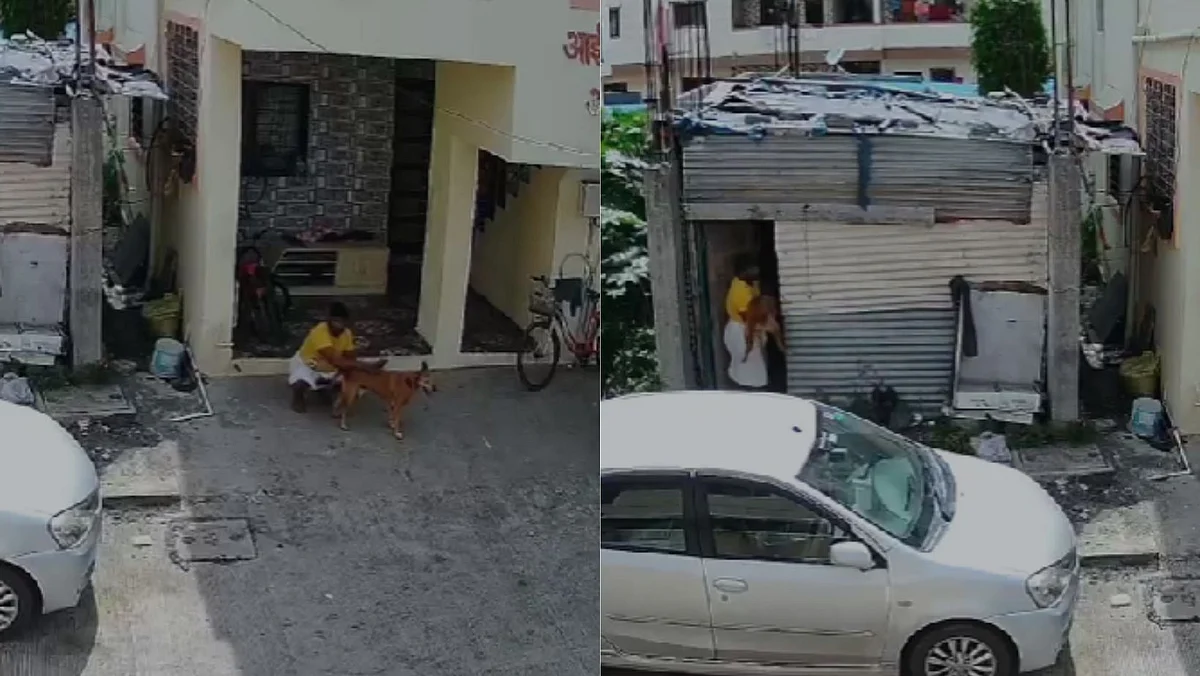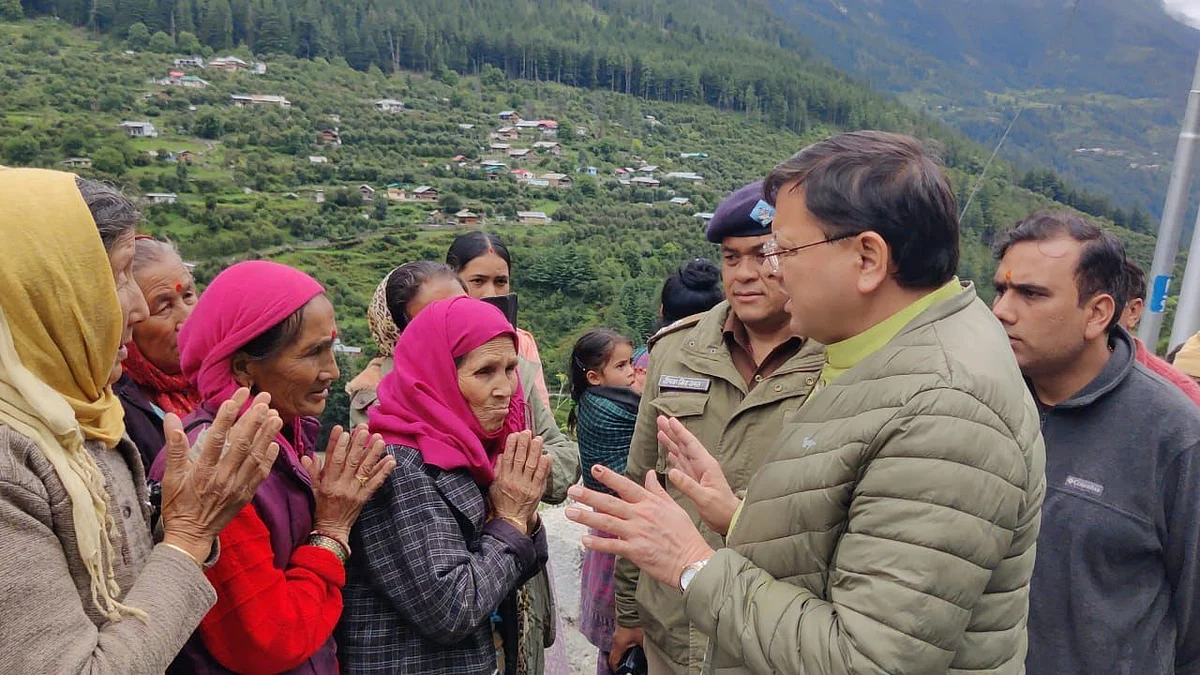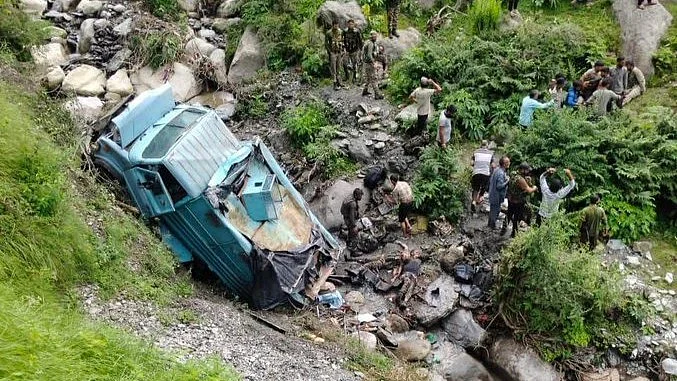Uttarkashi: With their uniforms caked in mud and faces lined with exhaustion, Indian Army jawans are relentlessly wading through nearly 25 feet of slush and rubble in the devastated village of Dharali, searching for signs of life. The aftermath of the cloudburst that triggered flash floods in Uttarkashi has turned the once-picturesque village into a zone of destruction. Still, for residents waiting for word about their missing loved ones, the sight of soldiers digging through debris offers a glimmer of hope.
"We have not heard from my brother since the floods. We know the Army is trying everything. We still have high hopes they will find him," said Devki Rawat, a resident of Dharali whose 29-year-old brother went missing during the deluge.
Another villager, Bal Bahadur, whose wife and son have not returned home since the cloudburst, said tearfully, "The road is gone, but the Army reached us. If anyone can bring them back, it’s the jawans. We’re clinging to that belief."
According to officials, a total of 19 people are currently missing, including eight local villagers, two persons of Nepali origin, and nine Army personnel. One body—a 32-year-old local man—has been recovered from the debris so far.
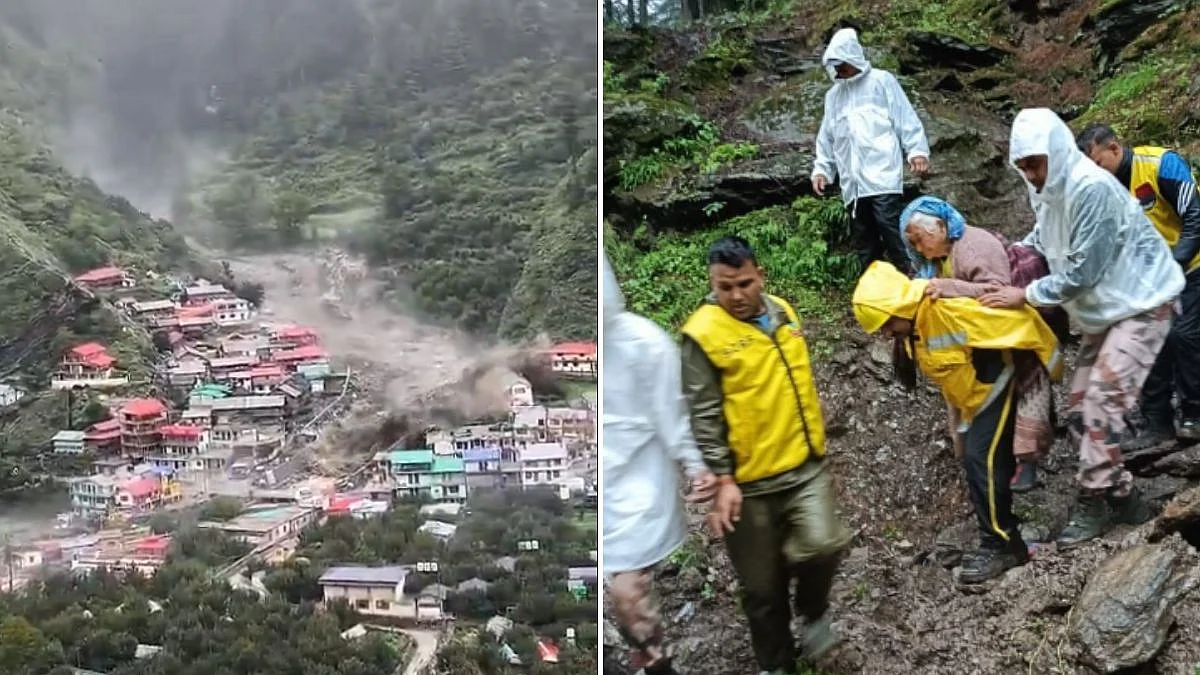
The rescue operation has been made even more challenging as the main approach roads to Dharali were completely washed away, snapping all direct access to the village. Teams from the Army, ITBP, NDRF, SDRF, and fire services have now launched a massive effort to reach nearly 200 villagers stranded in the cut-off region. Temporary bridges are being erected, and heavy machinery, sniffer dogs, and drones have been deployed to speed up the process.
“The whole of Dharali town was wiped out of the map in just five minutes,” Lokendra Bisht, the local BJP lawmaker who runs a homestay in the area told this reporter on telephone. “People ran for their lives, but the water came too fast. There was nothing anyone could do.”
The Himalayan region has long been prone to flash floods and landslides, especially during the monsoon season. Experts say Dharali lies in a geologically unstable area known as the Main Central Thrust—an active seismic fault line that makes it especially vulnerable to disasters.
"This village sits on a ticking time bomb," said S.P. Sati, a senior geologist who has studied the area. "It is in a highly fragile zone, and whenever there is a sudden downpour in the Khirganga basin, Dharali bears the brunt."
Cloudbursts—intense, localized rainstorms—are not uncommon in the region. Similar incidents were recorded in Dharali in 1864, 2013 and 2014, prompting scientists to repeatedly urge the government to relocate the village. However, no action has been taken.
According to Sati, a portion of the mountain above the village had partially collapsed into the Khirganga stream about six months ago but had remained lodged. He believes Tuesday’s deluge may have been triggered when that mass finally gave way.
Uttarakhand, known for its rugged terrain and spiritual pilgrimage sites, has witnessed a growing number of extreme weather events in recent years—many linked to climate change and unregulated construction.
Despite the scale of destruction, locals say they are drawing strength from the relentless efforts of the armed forces. “We have lost homes and maybe more… but we have not lost faith in the men in uniform,” said one elderly resident, watching as soldiers continued their grim but determined work.


